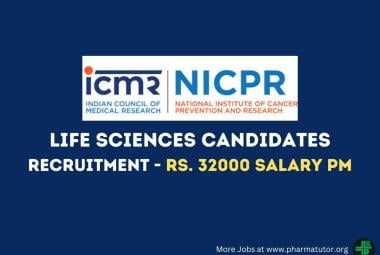AN UPDATED OVERVIEW ON PHARMACOGNOSTICAL AND PHARMACOLOGICAL SCREENING OF TECOMA STANS
{ DOWNLOAD AS PDF }
ABOUT AUTHOR
K.GOPALASATHEESKUMAR1*, T.BOOPATHI1
1KMCH college of Pharmacy, Kovai Estate,
Kalapatti Road, Coimbatore-641048, Tamil Nadu, India
gskpungai@gmail.com
ABSTRACT
The using of natural plants in treatment purposes are the nowadays most familiar than synthetic products because synthetic drugs can cause many of the side effects and the adverse effect. The Tecoma stansare one of the plants which are available in most of the tropical countries. In this plant is already used in the traditional medicine in some of the countries like India, Pakistan, etc., this plant belongs to the family of Bignoniaceae. This plant is having the many of the active chemical constituents and pharmacological effects. Many of the researchers are studied the pharmacological screening and the current research is going in that plant. The aim of this review was the updated research collections of this plant for its pharmacological screening. The review the on various researchers like pharmacognostical study and the in vitro and in vivo screening of various parts of Tecoma stans.In this review was concluded that the various parts of the plants are having various pharmacological actions like anti-inflammatory, analgesic, anticancer cardio-protective effect, genotoxic, cytotoxicity, wound healing, anti‐hyperglycemic, protect CNS, gastric ulcer healing, antiproliferative, antioxidant, anti-microbial, hemolytic activity, anti-lipoxygenase and acetyl-cholinesterase inhibitory activities. And this review was used to develop the future research on this plant.



 ABOUT AUTHOR
ABOUT AUTHOR







.png)


